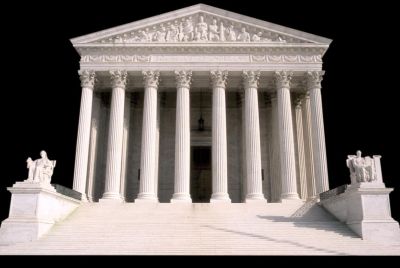Outrage as Pizza Chain Forces Customer to Choose 15, 20 or 35 Percent Tip With No Way to Enter Zero
A viral Reddit post showing a pizza chain checkout with no 'zero tip' option has reignited anger over rising 'tipflation' and pressure tactics built into digital payment systems.

A pizza chain customer's frustration over being unable to opt out of tipping has reignited fierce debate about America's increasingly aggressive tipping culture, with critics arguing that digital payment systems are eliminating consumer choice and forcing gratuities even when service doesn't warrant one.
The incident, shared on Reddit's r/EndTipping forum in November, showed a payment screen that presented only three tipping options — 15 per cent, 20 per cent, or 35 per cent — with no visible way to select zero or enter a custom amount. The post, titled 'Couldn't tip zero', struck a nerve amongst consumers already fatigued by what many perceive as relentless pressure to tip for services that traditionally never required gratuity.
The image quickly went viral, with thousands of users expressing outrage at what they described as 'forced tipping' that removes customer autonomy. Many questioned whether restaurants have the legal right to mandate tips, particularly for counter service or takeaway orders where no table service is provided.
The Legal Grey Area
Whilst there is no federal law requiring customers to tip, automatic service charges added by a restaurant are legally enforceable in many states.
The distinction between a 'tip' and a 'service charge' has become crucial. Automatic gratuity is typically applied to large parties, often six or more guests, and is usually around 18 per cent to 20 per cent of the bill. Restaurants must disclose these charges clearly to customers, either on the menu or verbally before the meal is ordered.
However, payment screens that present tipping options without a zero or 'no tip' button occupy a murky middle ground. Whilst they don't technically add a mandatory charge to the bill, they create psychological pressure that many consumers find coercive.
'Tipflation' and the Escalating Expectations
The pizza chain incident is part of a broader phenomenon researchers have dubbed 'tipflation', the steady increase in suggested tip amounts on digital payment systems, which previously asked for tips of 10 to 20 per cent but have now crept up to 18, 20, or 25 per cent, and in some cases, up to 35 per cent.
One Reddit user shared a photo of their bill from a local restaurant showing a minimum tip option of 25 per cent, with other choices of 30 per cent, 35 per cent, and a 'custom tip' amount. The user, who typically tips 20 per cent, paid the 25 per cent but felt the options were 'ridiculous'.
Americans have been pushing back against 'guilt tipping', with survey data showing dramatic changes in consumer behaviour. The average American now spends £230 ($283) annually tipping more than they believe is fair, purely due to digital tip screen pressure at checkout counters, which is a 38 per cent drop from the £370 ($453) recorded in 2024.
A Shifting Landscape
Recent data suggests Americans are increasingly rejecting excessive tipping expectations. A 2024 report by restaurant software company Toast found that average tips at sit-down restaurants declined to 19.3 per cent from 19.4 per cent in the first quarter, whilst quick-service restaurant tips slipped to 15.9 per cent from 16 per cent.
A 2023 Bankrate survey found that Gen Z are the least likely to leave a tip. Just 35 per cent of Gen Zers say they always tip at sit-down restaurants, compared to 83 per cent of baby boomers.
A September 2024 survey found 73 per cent of respondents wanted tipping to remain optional, whilst only 22 per cent favoured making it mandatory.
© Copyright IBTimes 2025. All rights reserved.





















